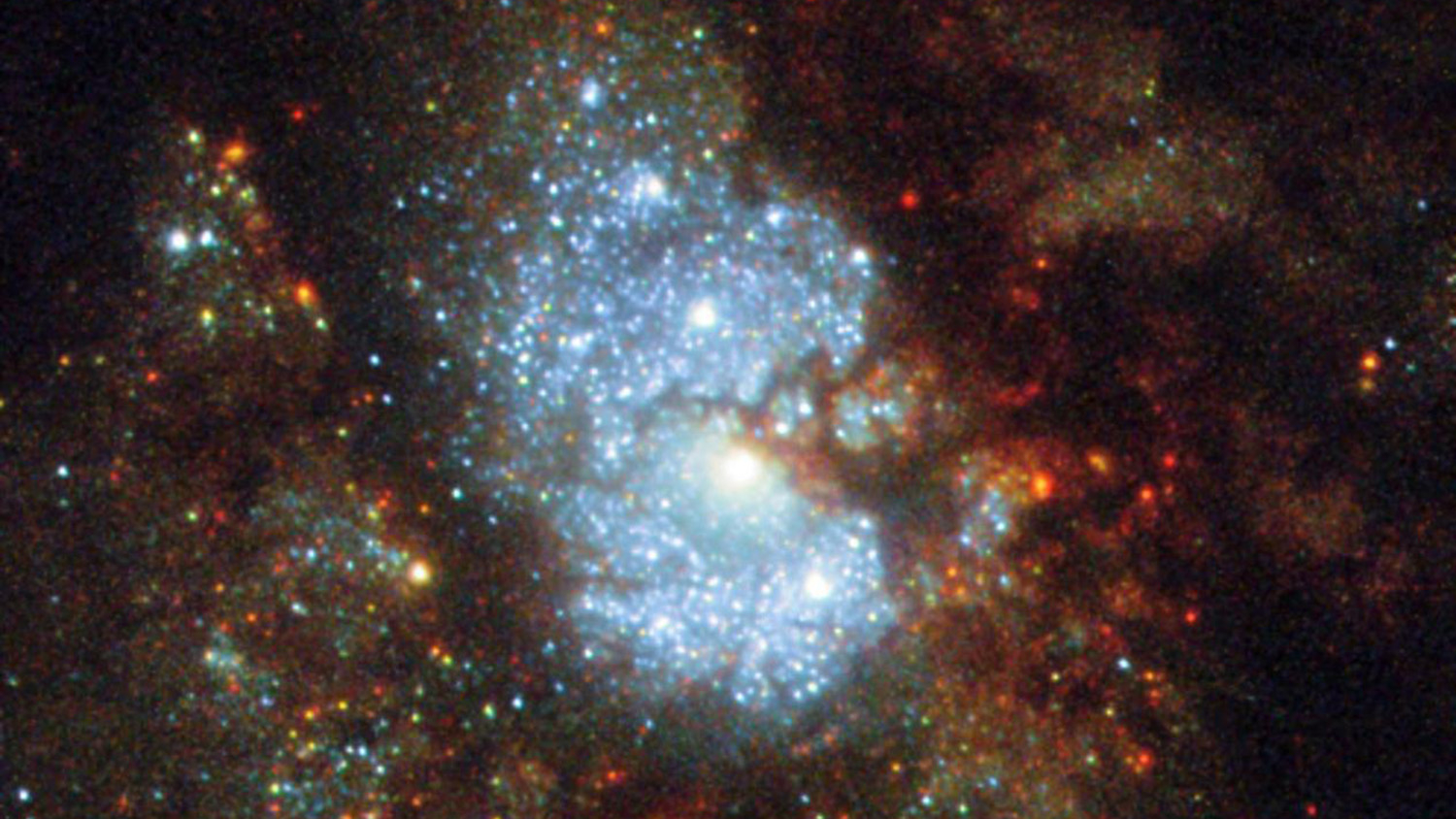tppeake
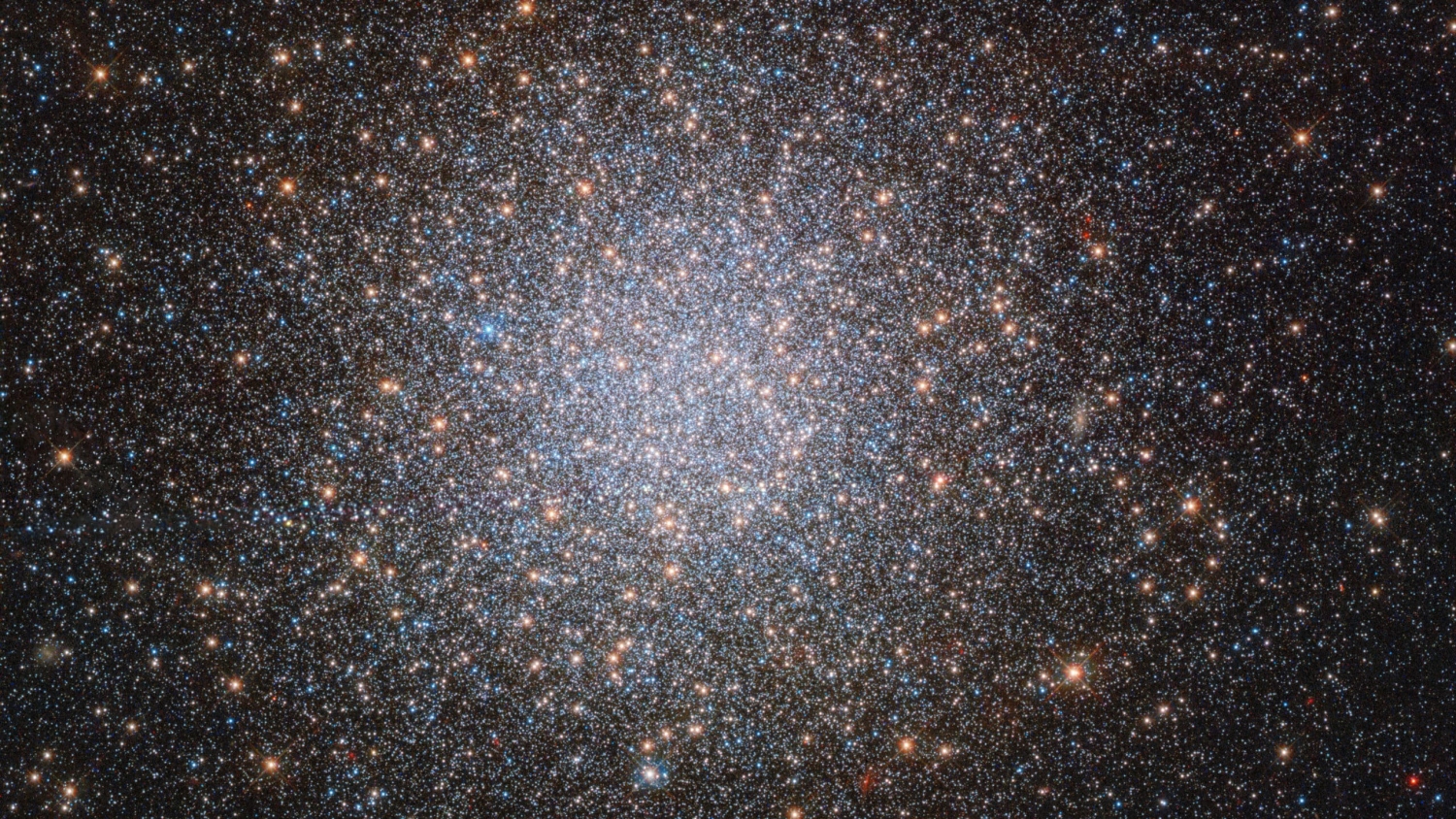
Why Figuring Out How Potassium Is Destroyed in Stars Is Important to Understanding the Universe

The Physics of a Curveball
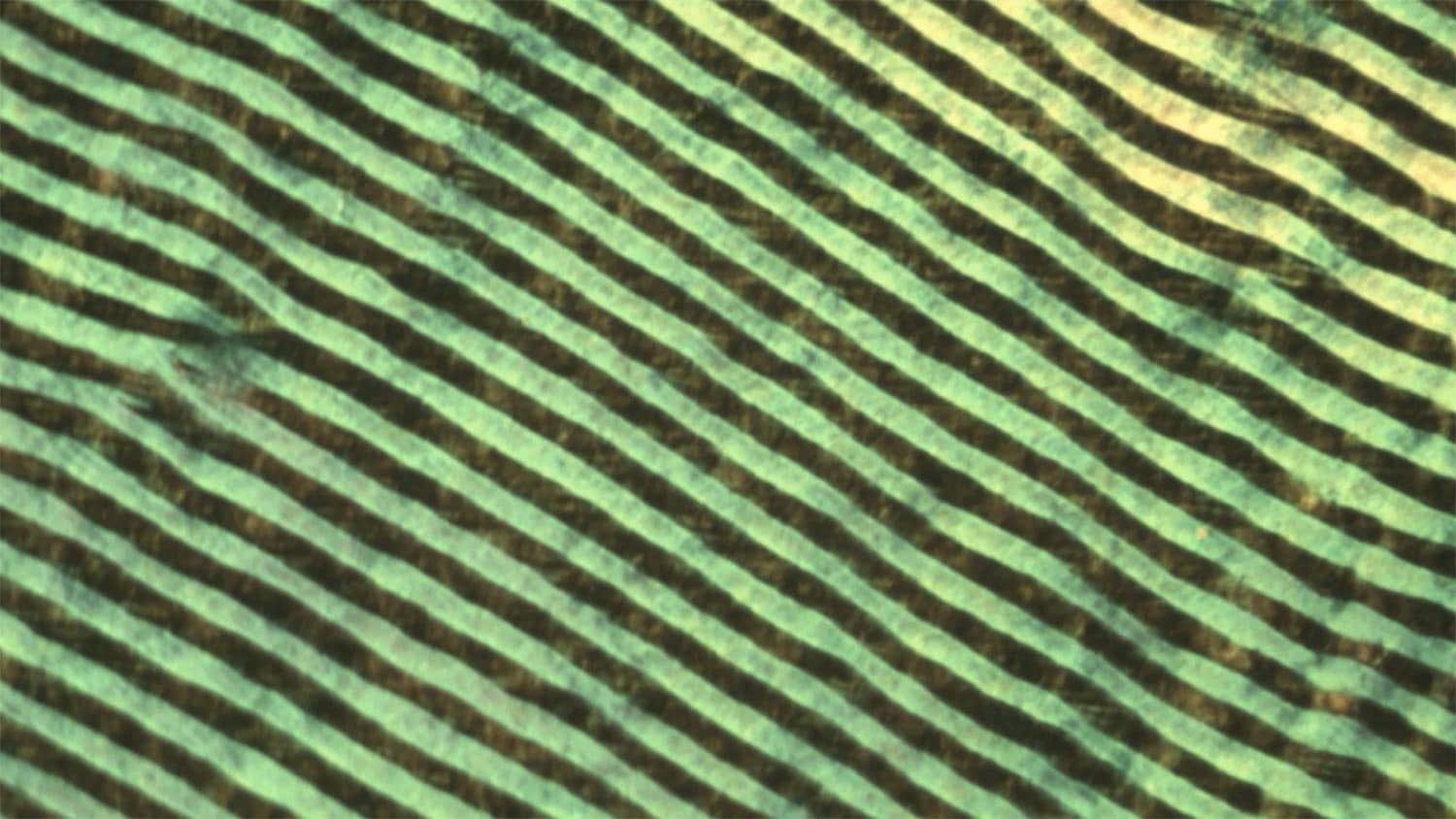
Printed Polymer Allows Researchers to Explore Chirality and Spin Interactions at Room Temperature
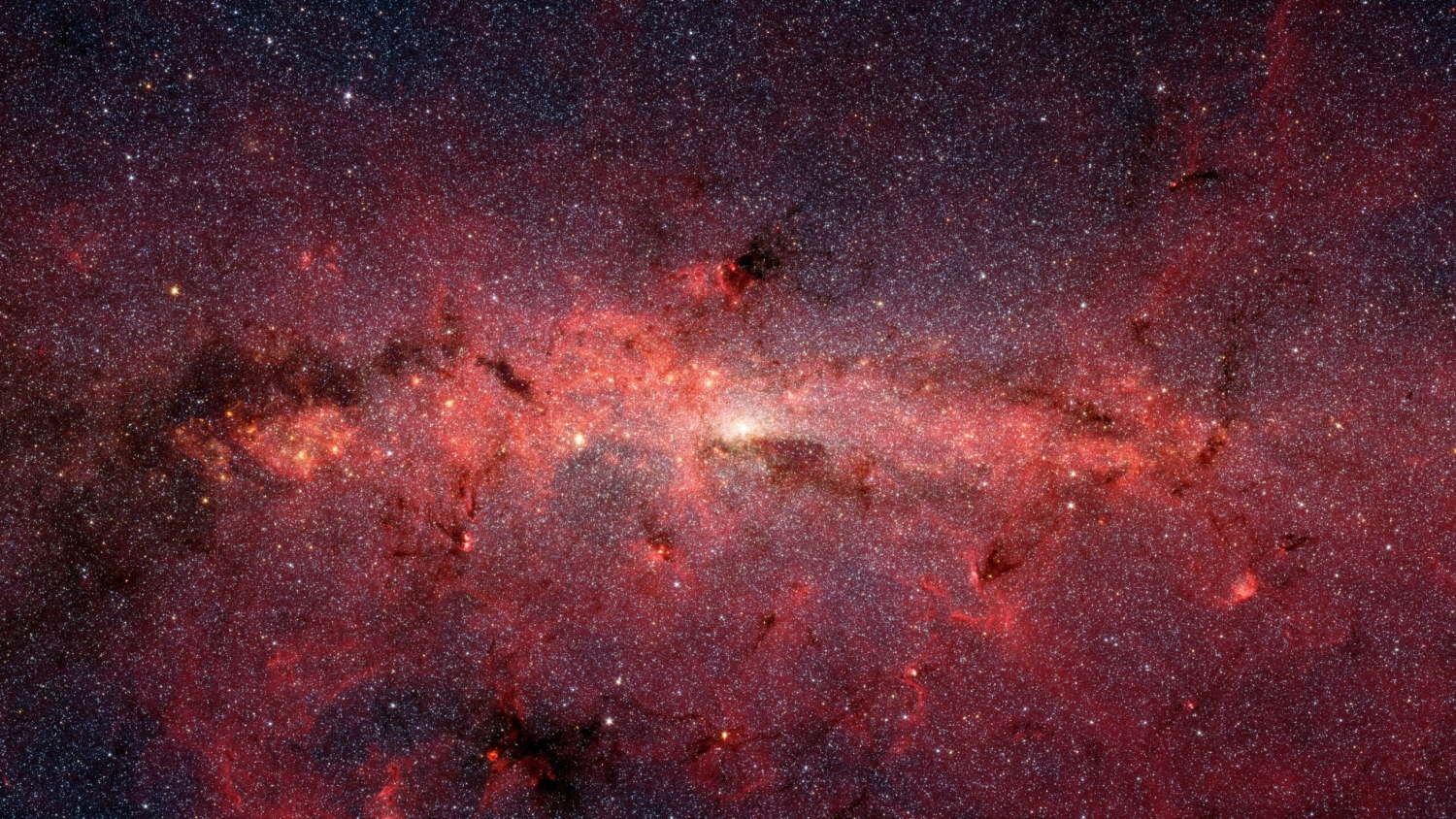
Ancient Stars Made Extraordinarily Heavy Elements
Understanding Charged Particles Helps Physicists Simulate Element Creation in Stars

Using AI to Solve Fundamental Issues in Nuclear Physics
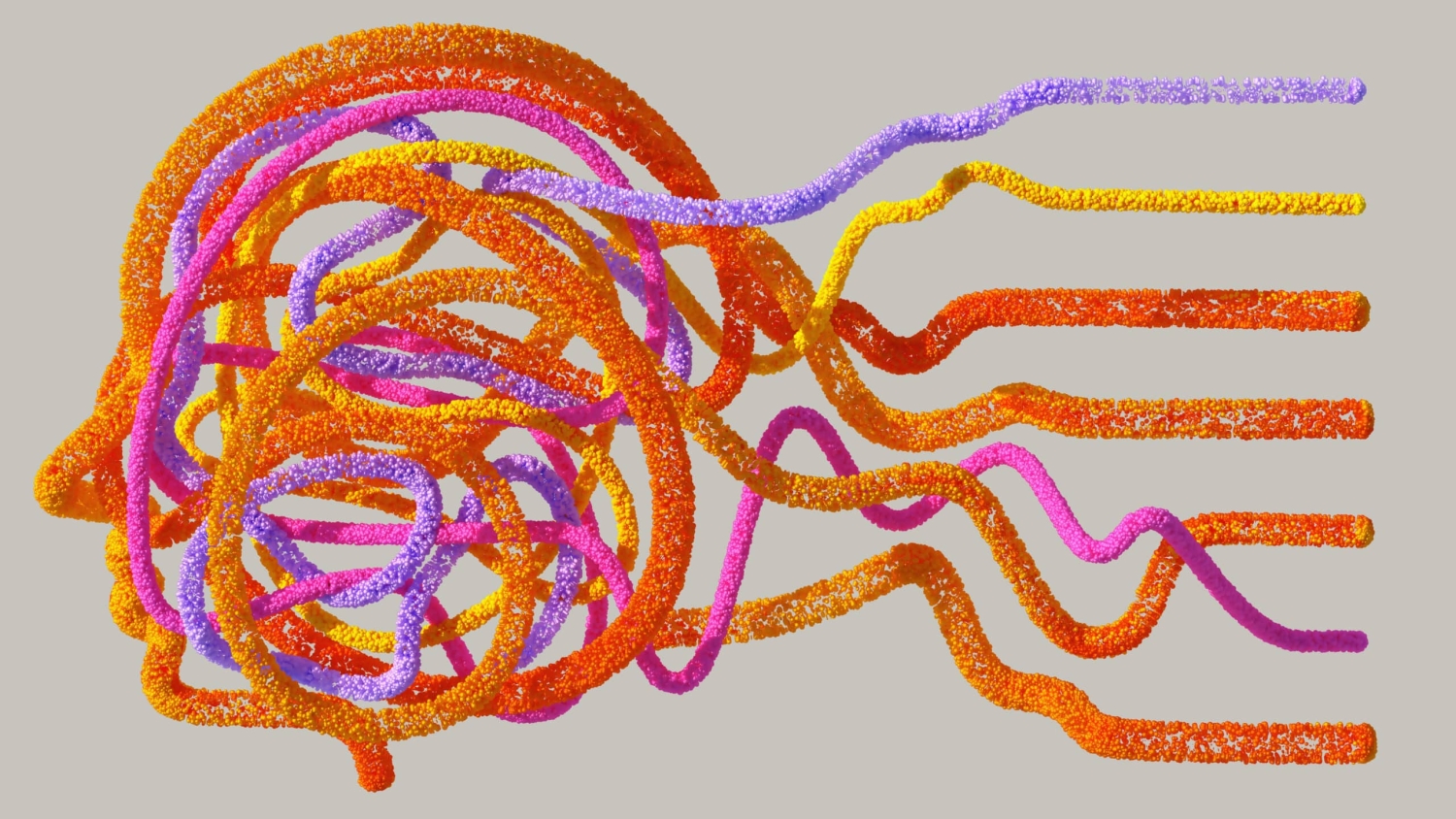
An ‘Introspective’ AI Finds Diversity Improves Performance
